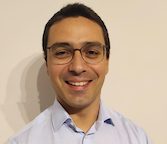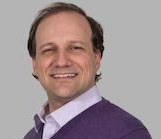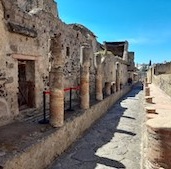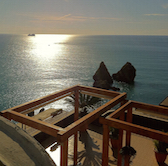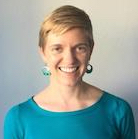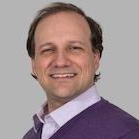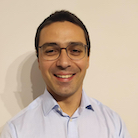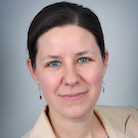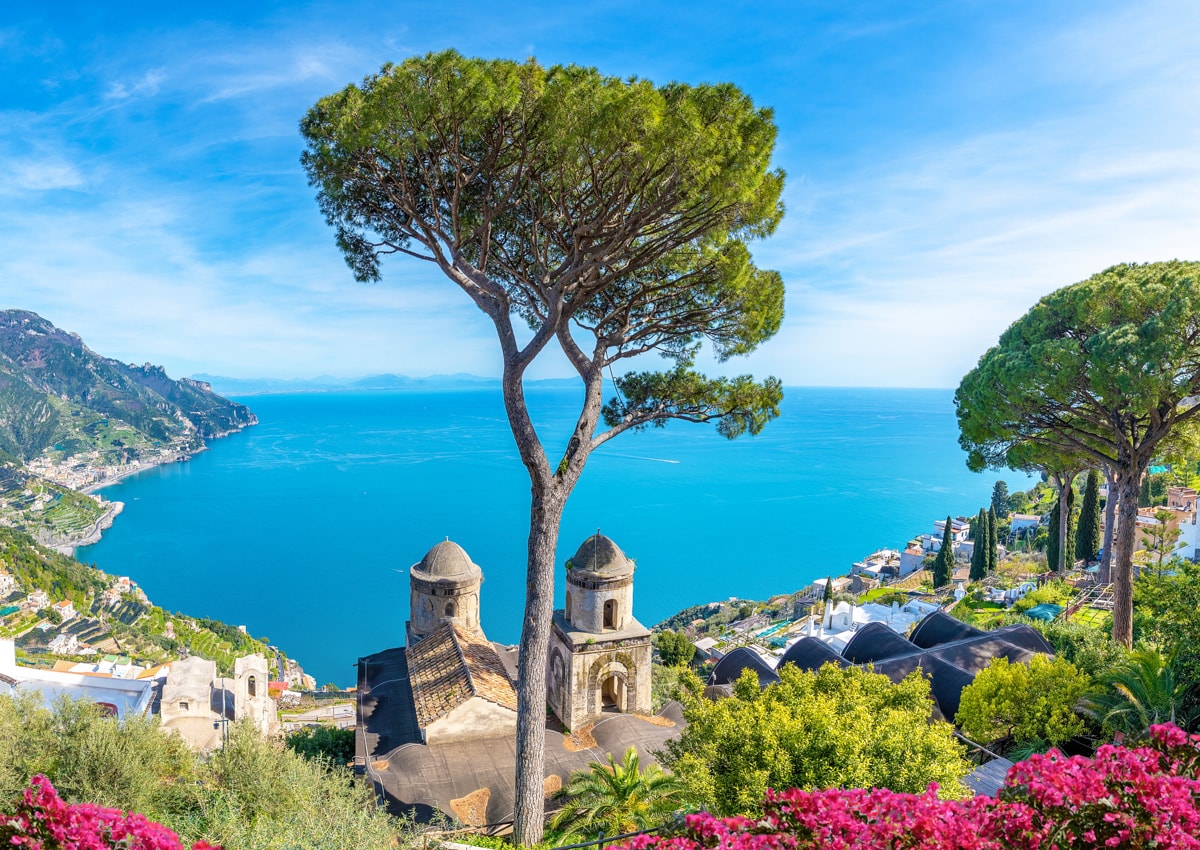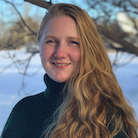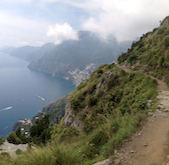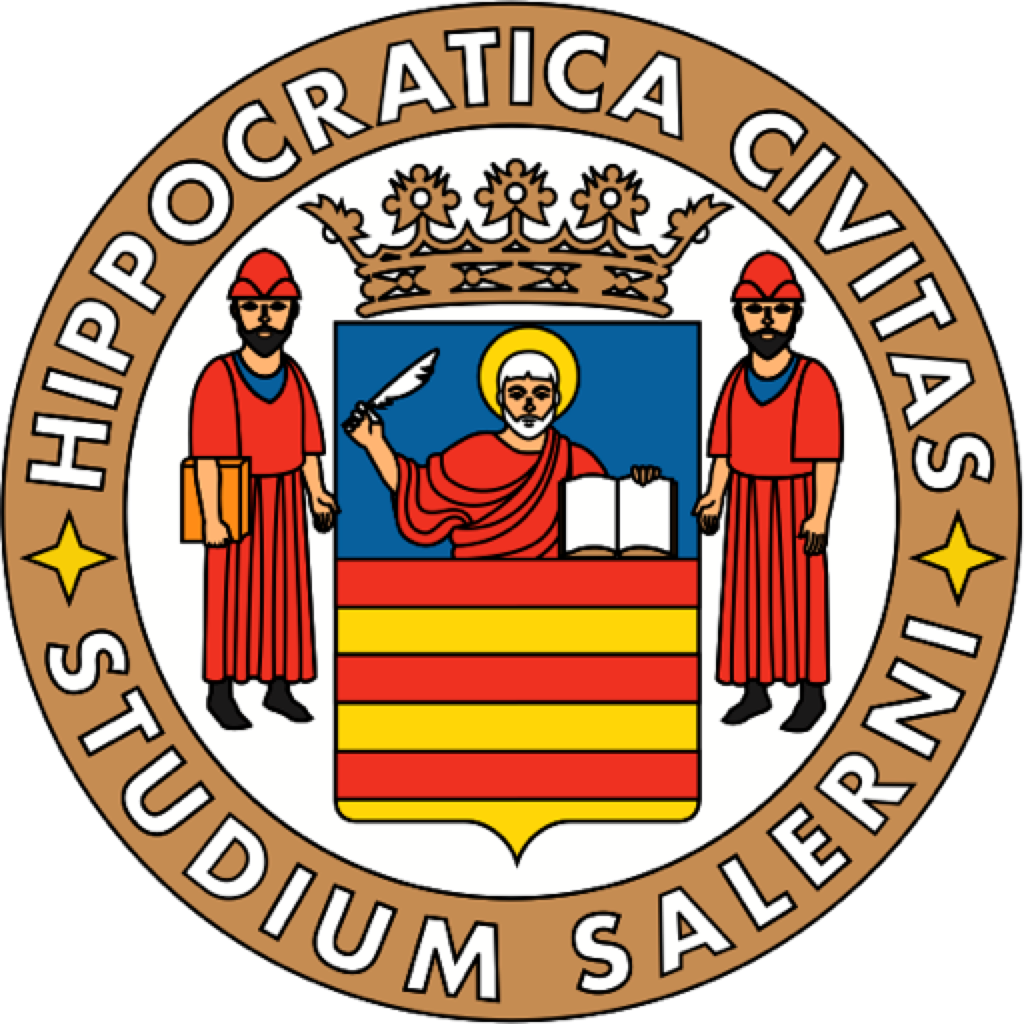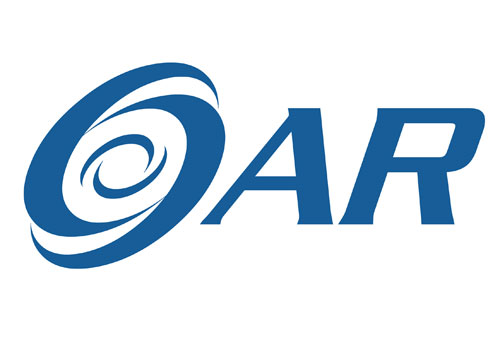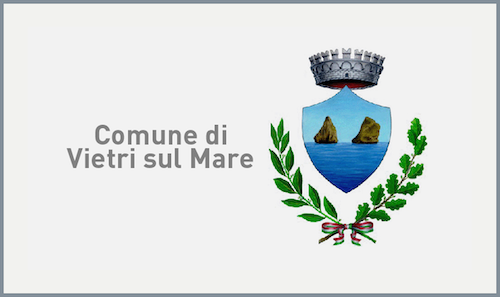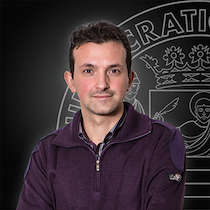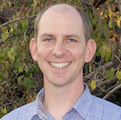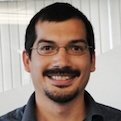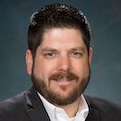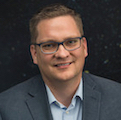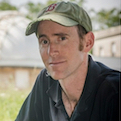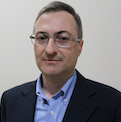Astrophysics of Transiting Exoplanets
The 4th Advanced School on Exoplanetary Science will be held in Vietri sul Mare (Salerno), Italy from 22 to 26 May, 2023. The School - taking place close to the enchanting Amalfi Coast - is aimed to provide a comprehensive, state-of-the-art picture of a variety of relevant aspects of the fast-developing, highly interdisciplinary field of Exoplanet research. The Lecture topics of the 4th edition of the School will be focused on the Astrophysics of Transiting Exoplanet Systems, covering both the theoretical and observational perspectives.
In particular, the following key topics will be covered:
- The history and frontier of transiting exoplanets demographics
- Successes as well as astrophysical and methodological challenges in the determination of accurate and precise transiting exoplanet masses and radii
- Multi-transiting systems as tools for improving our knowledge of the origin and evolution of close-in, compact, high-multiplicity planetary systems
- Theoretical mechanisms and observations of atmospheric escape from highly irradiated transiting planets
- Atmospheric characterization of transiting exoplanets
The Lectures will be delivered by five senior researchers to an audience of graduate students and young post-docs.
Lecture Notes of the 1st Advanced School on Exoplanetary Science
Lecture Notes of the 2nd Advanced School on Exoplanetary Science
Lecture Notes of the 3rd Advanced School on Exoplanetary Science
POSTER Postcard 1 Postcard 2 Postcard 3
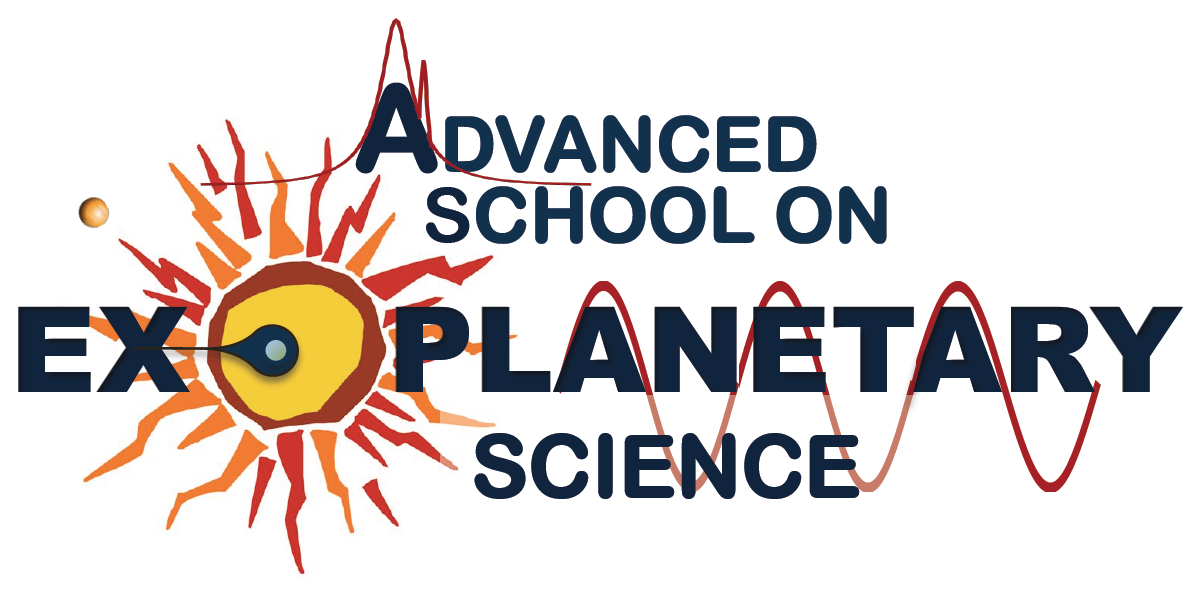 |
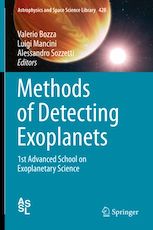 |
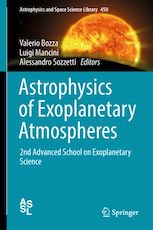 |
 |
||
| Lecture
Notes 1 2015 |
Lecture
Notes 2 2017 |
Lecture
Notes 3 2019 |
The 4th Advanced School on Exoplanetary Science is supported by the University of Salerno (UNISA), the Astronomical Observatory of Rome (OAR), the National Institute of Astrophysics (INAF), the municipality of Vietri sul Mare and the Campania Region (progetto finanziato con la L.R. n. 7/2003, contributi per la promozione culturale anno 2023).
